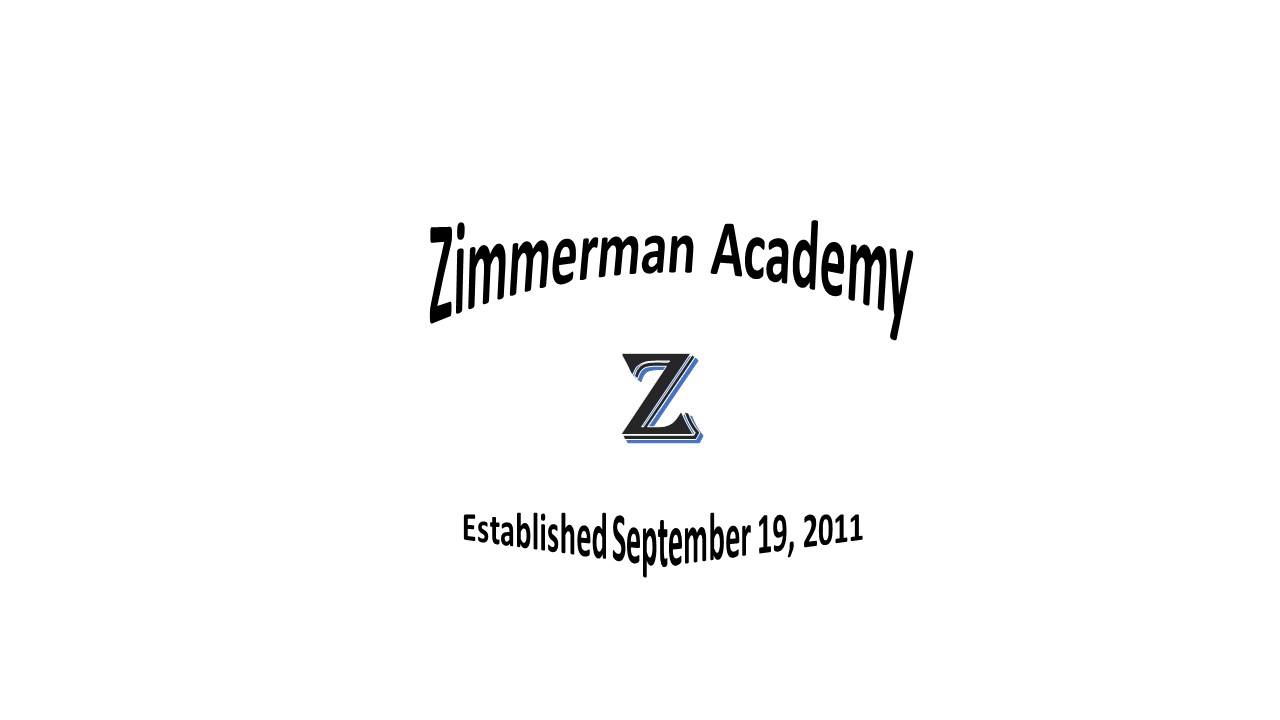As a kid I always preferred sparring and self–defenses over learning forms. At the TaeKwonDo school I attend you will learn 5 Kichos, (Some added by our instructor) 8 Taegueks and 8 Palgwes as well as at least 3 extra forms due to the new creative and weapons forms requirements. This is a lot of forms for people to remember. The forms are the art of the martial arts so what can they teach someone who focuses on self–defense.

They Teach Discipline
Aside from testing the memory of the practitioner the forms also teach discipline. It is very tedious repetitively doing these fixed patterns over and over again. Especially the lower level forms. They are training you to be committed to the rest of your training. After awhile, you will feel fatigued so it is also good for conditioning as well.
They Train you to Use Pattern Recognition
One of the things my dad reprimanded me for when I expressed my distaste in the forms was that most of my skill came from doing these forms. They train you to think in attack combinations around 3 or 4 and give you several to work with. While timing drills and shadow sparring can achieve similar results they are not quite to the same degree.
They Force you to Use Techniques you Might not Use
Comparing shadow boxing or shadow sparring with the forms most people would prefer to shadow spar. It seems like you would excel faster in the art by doing that as opposed to practicing patterned techniques. Not to mention walking drills teach you to do each technique on repeat.
In shadow sparring you are instinctively throwing or avoiding techniques. The pool of techniques people instinctively use is very shallow. It never comes to mind to use a spearhand or a cross block in shadow sparring. However in the forms you are subtly taught how to use each of these techniques within a combination and are forced to learn them to expand the list of what you can use.












You must be logged in to post a comment.